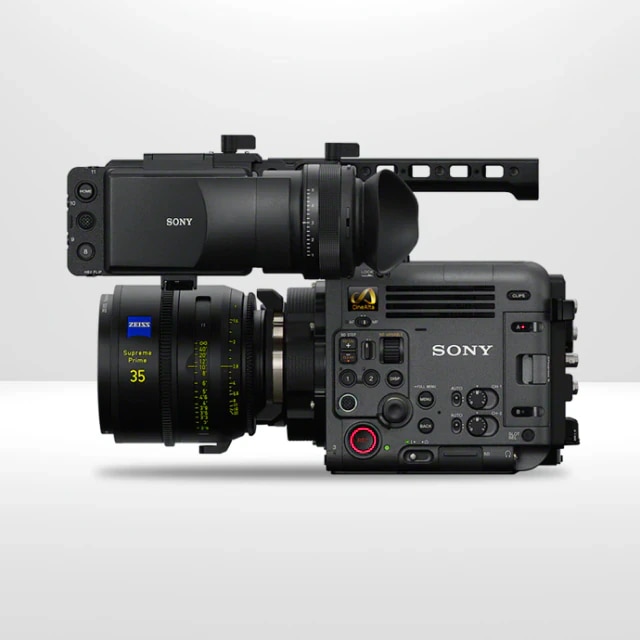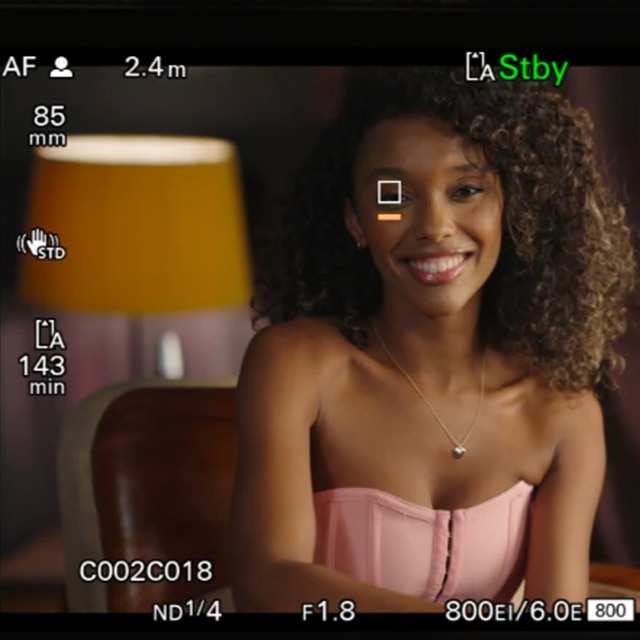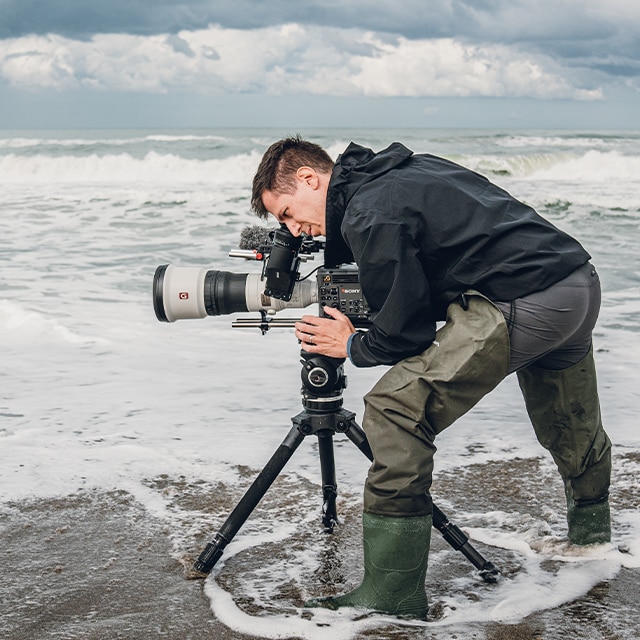
Chasing the Northern Lights with BURANO
The Northern Lights are one of nature’s greatest spectacles. Only visible during winter, when the sky is dark and, most of the time, you also need to be close to the Arctic Circle. For storm chaser and filmmaker Alister Chapman, that means heading north to somewhere very cold and dark, in this case Northern Norway.
My goal for this weeklong trip was to capture the Northern Lights in 8K and to pick up beauty shots for stock footage and virtual production plates. I chose to use a Sony BURANO as its compact size and low power consumption makes it easy to travel with. The 16-bit X-OCN LT codec allows me to capture extremely high-quality footage with plenty of scope for post production grading and processing.
High winds and snowstorms…
I booked a hotel in the city of Tromso for the first night of the shoot, but for the rest of the trip, I would drive up and down the coast in search of clear skies and then try to stay somewhere nearby. What I hadn’t anticipated was five days of high winds and snowstorms…
I ended up shooting in some extremely challenging conditions. Although it was often bright and sunny, it was also cold (around -12C to -16C) with extremely high winds. Putting a camera on a tripod for a long shot was futile due to the wind shaking it about so much. However, BURANO’s built in IBIS stabilisation allowed me to get stable shots – even in the mountains with winds that threatened to rip the door off the car every time I opened it.
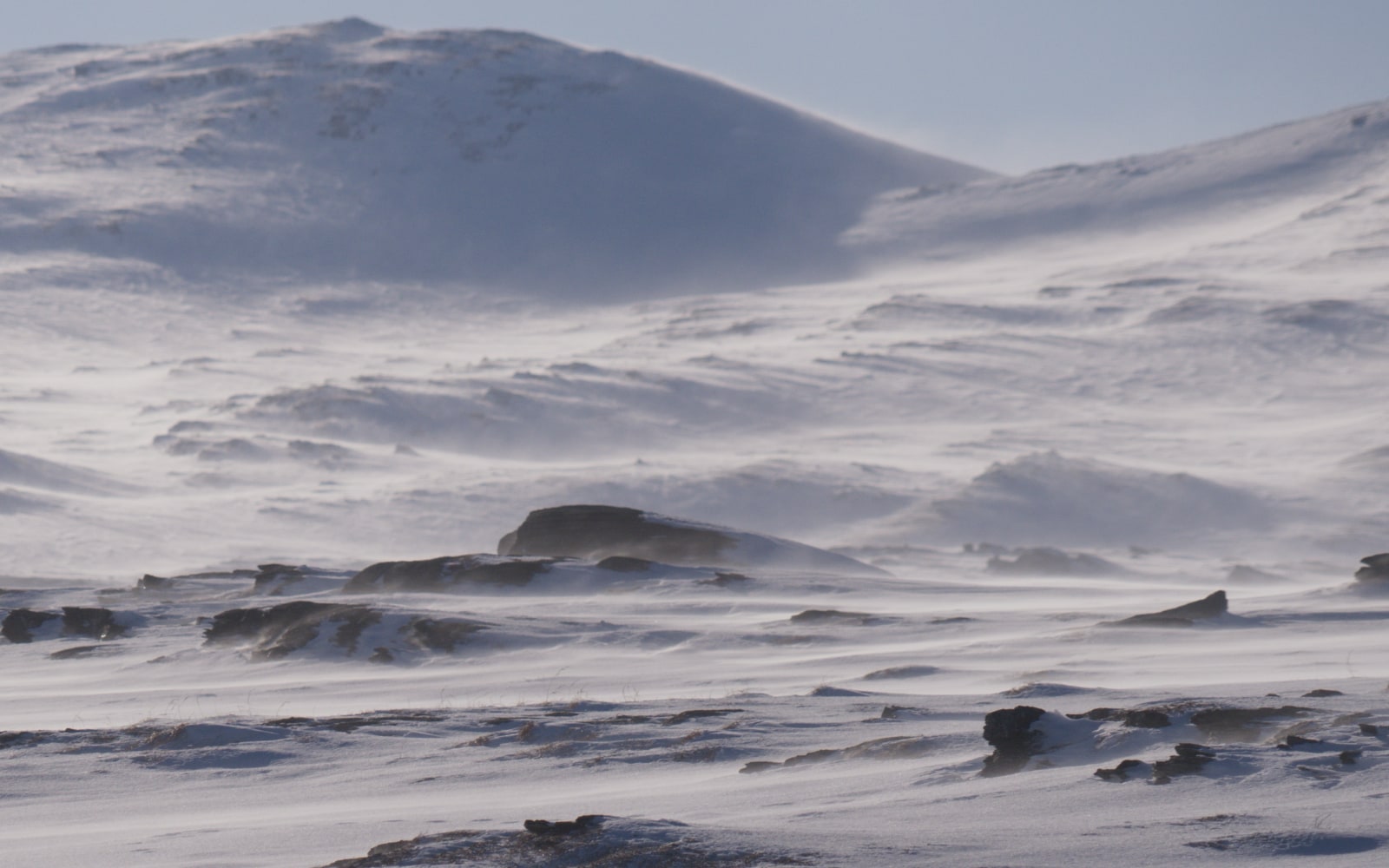
I have to say that it would have been next to impossible to have shot what I did, at the quality level that I was able to with any other camera.
Alister Chapman
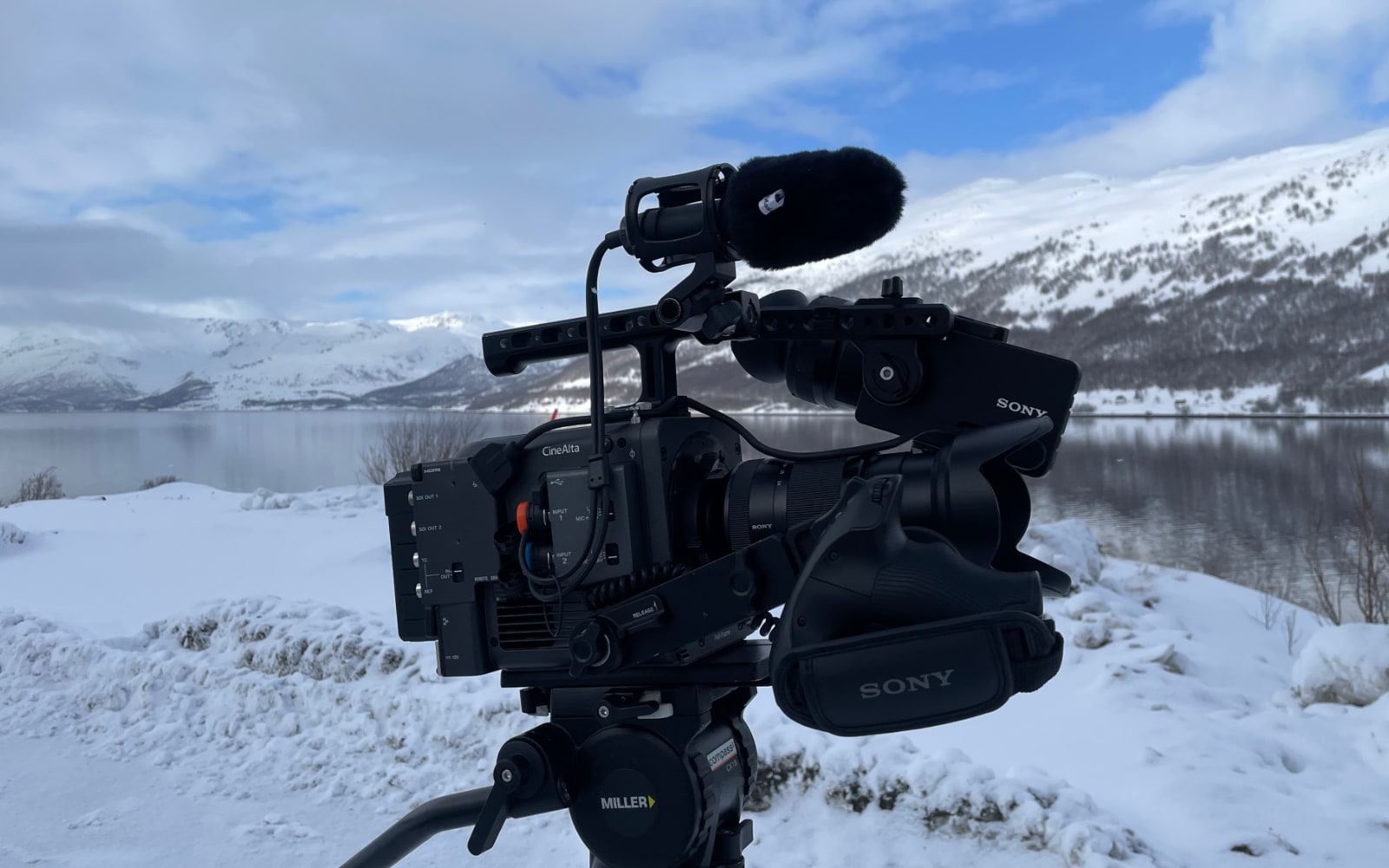
Changeable Weather
The weather was highly changeable going from extremely bright to cloudy and dim. BURANO’s variable ND filter allowed me to dial in the most appropriate amount of ND required for each shot quickly and easily and was much easier than trying to deal with external filters in the strong winds and cold. Being able to just turn a dial and have the right amount of ND allows you to choose the aperture you want. Using a matte box in strong winds tends to make the camera wobble more as a matte-box is about as aerodynamic as a kite.
BURANO’s amazing Auto Focus system made getting the focus right very easy. When you are wearing bulky gloves, operating focus rings is more difficult. When you are trying to work fast to grab a shot in very cold conditions, getting the focus right quickly allows you to minimise the amount of time you need to be out in the cold wind.
Arctic Exposure
On the bright sunny days having the viewfinder loupe was a life saver. Trying to see any LCD screen and appreciate the contrast and your exposure correctly when everything around you is brilliantly bright and white is difficult. A bright screen and deep hood might help, but being able to close the loupe and look into the completely shielded viewfinder made it easy. You are viewing the image in a perfectly dark viewfinder, so the contrast you see is correct, the brightness you see is correct. This makes it easy to understand whether your exposure is correct and it’s also easy to see whether the shots are in focus.


Post production flexibility
When shooting the Northern Lights at night, the 16-bit X-OCN codec along with BURANO’s second upper base ISO of 3200 worked well with the S&Q motion function allowing me to shoot some pretty faint Aurora’s. The 16-bit codec retains the kind of post production flexibility that previously I would only have had by shooting raw still images.
Every frame of the video has the quality you would have with a raw photograph. This makes grading and adjustments easy. In addition, by shooting at 8K any noise you do have is much finer and as a result post production noise reduction tends to be much more effective. Shooting the faint Aurora’s that I had on this trip with BURANO was easy and I’m really pleased with the outcome.
Another great thing is BURANO’s low power consumption. A 100Wh V-Mount battery will run the camera for almost two hours. I was using stackable PagLing batteries and two stacked together would give me nearly four hours of continuous run time. This makes it easy to shoot long timelapse sequences.
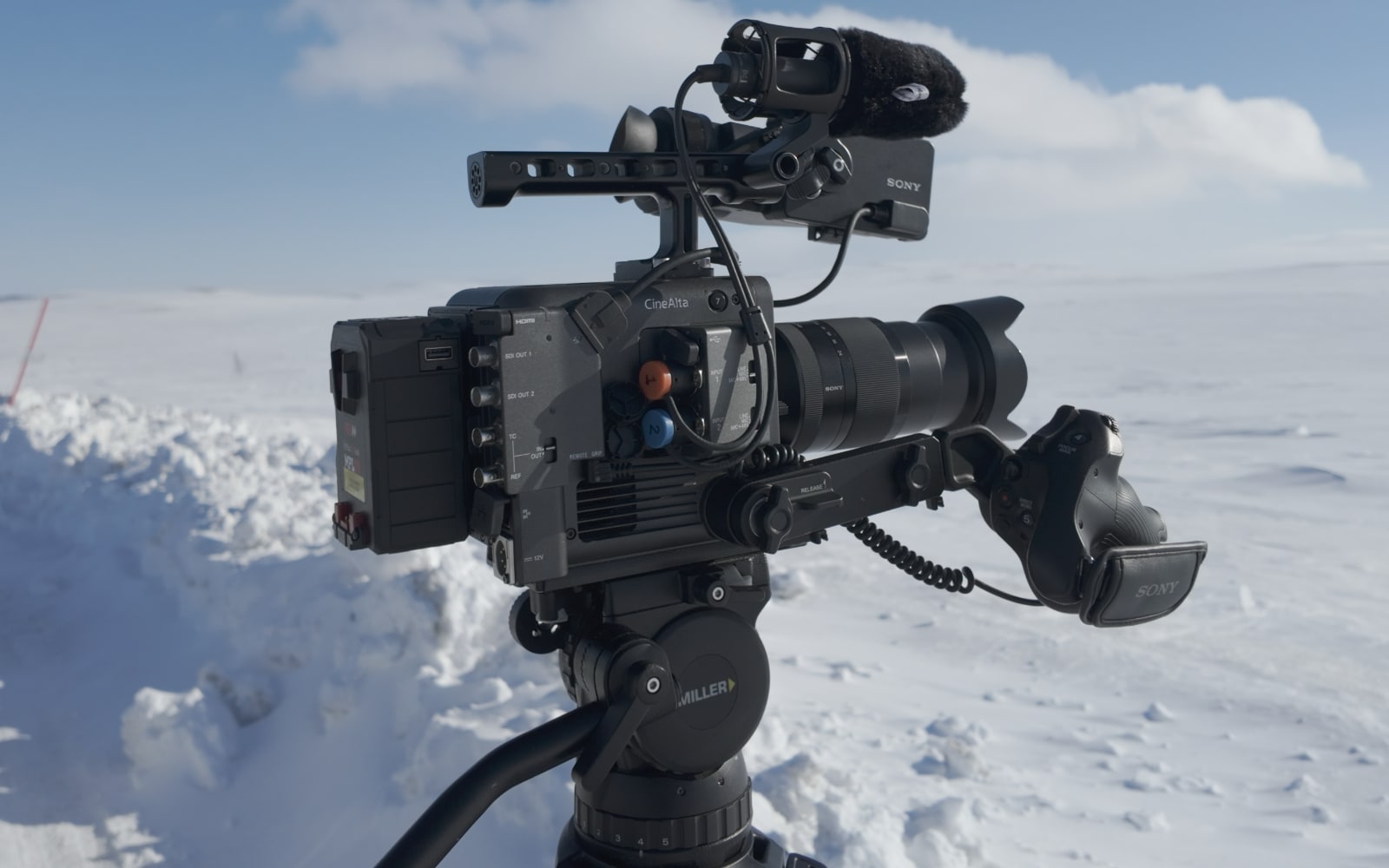
Proven workhorse
For me BURANO reminds me a lot of the Sony PMW-F5 camera that I shot with for so many years. It was a real workhorse that could be used for a huge range of applications. Like the F5 and F55, BURANO is a very versatile camera, you can shoot 4K or even HD using a conventional codec like XAVC. Or you can shoot 16-bit 8K X-OCN, plus you have amazing AF, IBIS and a variable ND filter, all in one compact body. You can shoot from 1 frame per second all the way up to 120fps and the image quality is truly a step up from previous generations of similar cameras.
For this shoot I could perhaps have used multiple cameras, each optimised for each part of the shoot. But I was travelling on my own and only having to shift one set of gear around, in and out of a different hotel each night, flying with just one camera etc is so much easier than dealing with multiple cameras. This is where BURANO excels, it does a great job across a very wide range of shot types, as a package it is a very capable camera and idea for this kind of shoot where you want the best quality you can get but need to work fast and be very mobile.
Image quality is truly a step up from previous generations of similar cameras.
Alister Chapman

